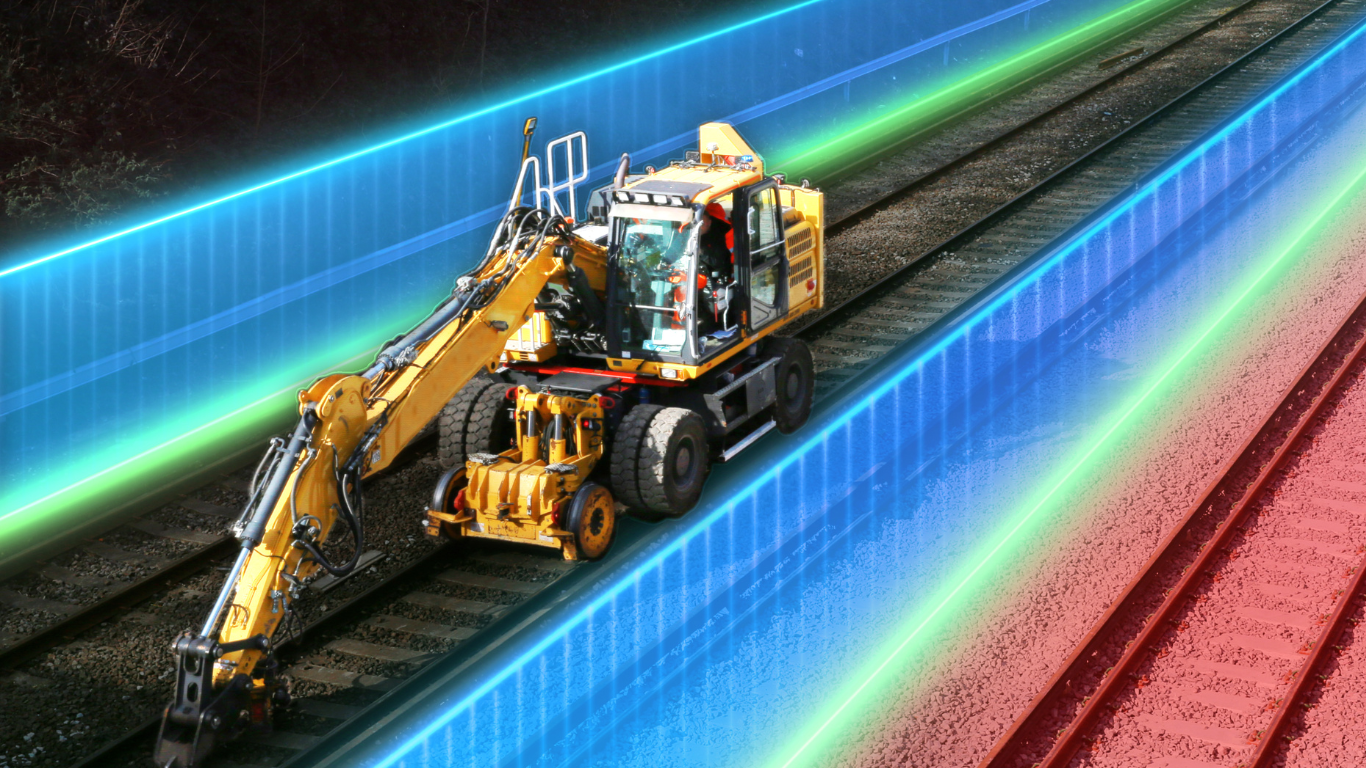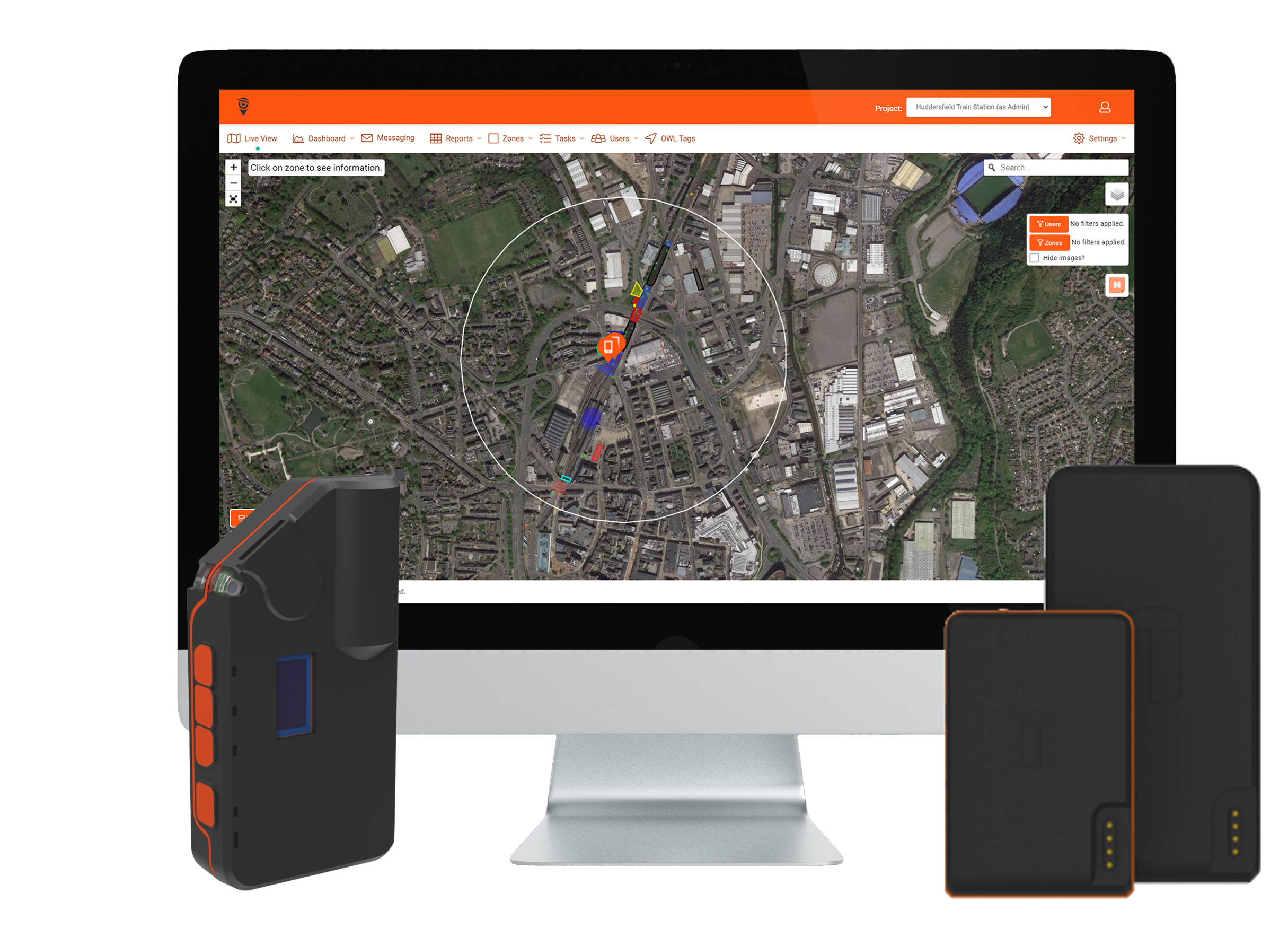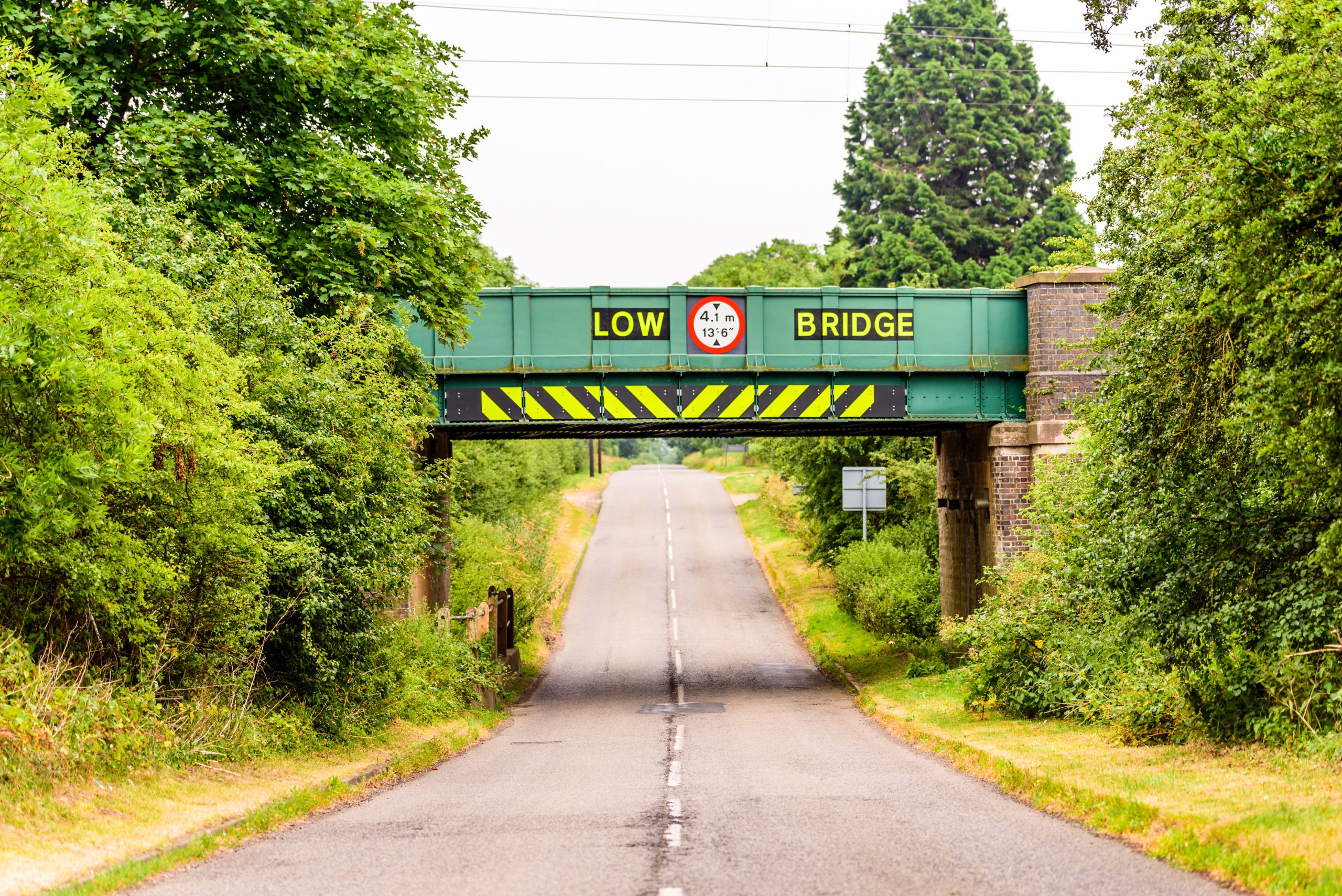Safety has always been a top priority in the rail industry, particularly for workers operating on rail infrastructure.
emerging technology that is helping to improve safety is geofencing. By using GPS and RTK location-based technologies, geofencing creates virtual boundaries around specific areas. When a worker enters or exits a geofenced zone, the system can trigger alerts or notifications, warning them of potential hazards.
How OWL Geofencing Protects Track Workers
Identifying Hazardous Areas
Geofencing helps improve safety by marking high-risk areas. For instance, if a section of track is prone to landslides or rockfalls, a geofence can be set up around these dangers. Workers entering the area receive alerts, allowing them to take necessary precautions.
Proximity Warnings
Workers operating near live rails or hazardous equipment can benefit from geofencing proximity alerts. When entering a high-risk zone, they receive warnings, ensuring they remain aware of potential dangers and take appropriate safety measures.
Worker Tracking
By setting up geofenced zones, managers can monitor worker locations in real-time, ensuring they stay within designated safe areas. This is particularly useful when multiple teams are working on the tracks, reducing the risk of workers unintentionally straying into danger zones.
Equipment Monitoring
Geofencing is also valuable for tracking rail equipment, such as maintenance vehicles and trains. Virtual boundaries can be set up around tracks and work zones, allowing managers to monitor movement and ensure safe operations.
Real-Time Alerts
One of the greatest advantages of geofencing is its ability to provide real-time alerts. If a worker enters a high-risk area, they receive instant notifications on their mobile device or other communication systems. These alerts help workers stay aware of potential hazards and take immediate action to protect themselves.
OWL Geofencing is a powerful tool for enhancing rail worker safety. By establishing virtual boundaries around hazardous zones, managers can monitor workers and equipment while providing real-time alerts about potential risks.
OWL Geofencing is a vital tool that can be used to keep those working on the railway safe.






